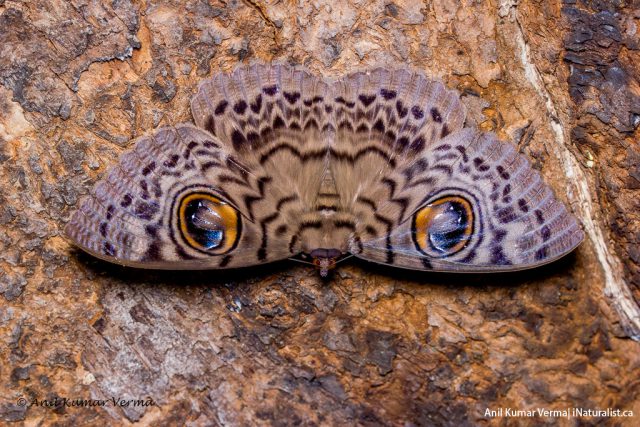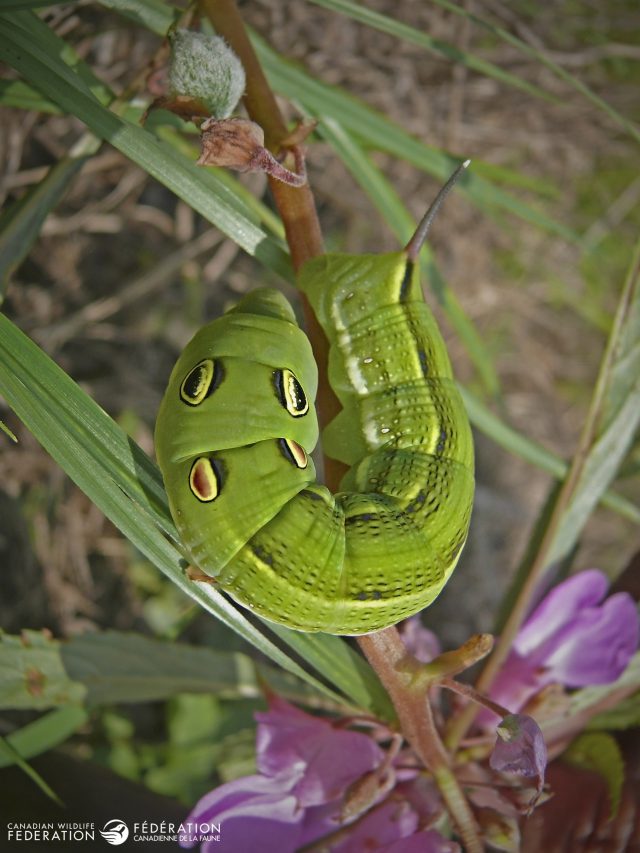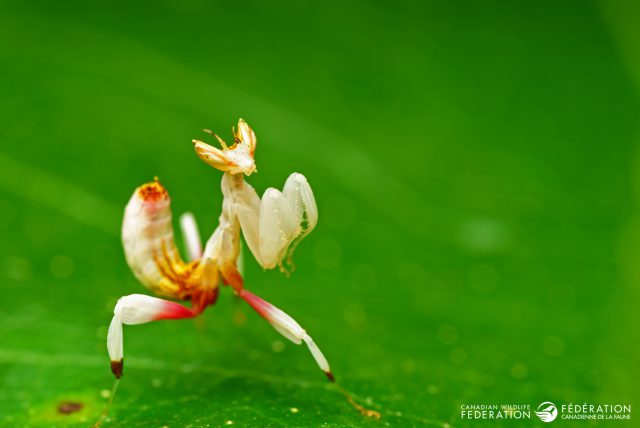Animals that fool with the help of camouflage!
April Fools’ Day just passed us by, and there no better unofficial holiday in my humble opinion. It’s the one day where you can truly get away with pranks and it is the best! Before we get started, take a moment and let us know the best camouflage prank you’ve ever played on someone – or was played on you (keep it comment-friendly, please) in the comments below!
If you can’t run and you can’t hide – there’s “mimicry”. This type of camouflage brings “BOO!” to a whole new level. Mimicry is an adaptation that helps wildlife species live longer by trying to mimic or copycat other top predators. Many wildlife species use this technique!
Hoooooo, Me?

The good ol’ eyespot is a trademark mimicry trick that many animals use to confuse predators – butterflies, moths, caterpillars, frogs, and fish across the world have used this technique to have large circles on their bodies. But why? Often enough, predators aim for the eyes/headfirst and these eyespots are strategically located in less vulnerable parts of their bodies.
Did you know? There are moth species across the entire world that have adapted to look like owl faces to scare off predators. At a quick glance, some are quite shockingly eerie! The eyespots can fool predators into thinking they are seeing a much bigger animal then they thought. The Common Owl Moth is found in Canada!
Buzz Off

Those cute, little harmless hoverflies? Guess what? They also use mimicry to try and resemble any stinging bees. Because no one wants to mess with a bee and risk getting stung!
Ssssssssssscram

Some caterpillars also trick predators with large false eyespots (ahem – check out the last Wildlife Update article about the life of caterpillars, there some good examples in there) like the Tiger Swallowtail caterpillar. Those large yellow and black rings trick birds into thinking the caterpillar is actually a snake!
Eat Poop!

No birds want to eat caterpillars that have poop on them! That’s why Spicebush Swallowtail caterpillars have adapted to have to have dark brown streaks with white to resemble bird droppings. Yuck! Not only that, but the adult Spicebush Swallowtail butterfly is itself a copycat – it resembles the Pipevine Swallowtail. If any bird or predator have eaten the Pipevine Swallowtail they’ll know how bad it tastes and will leave them alone or any species resembling them!
Leaf Me Alone

Another type of trademark mimicry trick is for insects to look like plants. Some insects even look like twigs and will even mimic the way twigs sway in the breeze! Can you guess its name? They’re called a Common Walking Stick and they are one of Ontario’s biggest insects.
Leaf insects, like their name suggests really do mimic the look of a leaf. Blink and you’ll walk right past without ever knowing. There are more than 70 species of leaf insects.
Another insect that is easy to miss is the Orchid Mantis – its legs mimic the petals of an orchid nearly perfectly. It’s believed that its camouflage is so effective it’s used to both hide from predators and to sneak up on prey and pounce.
What other famous camouflage/mimicry are your favourite to spot? Let us know!




